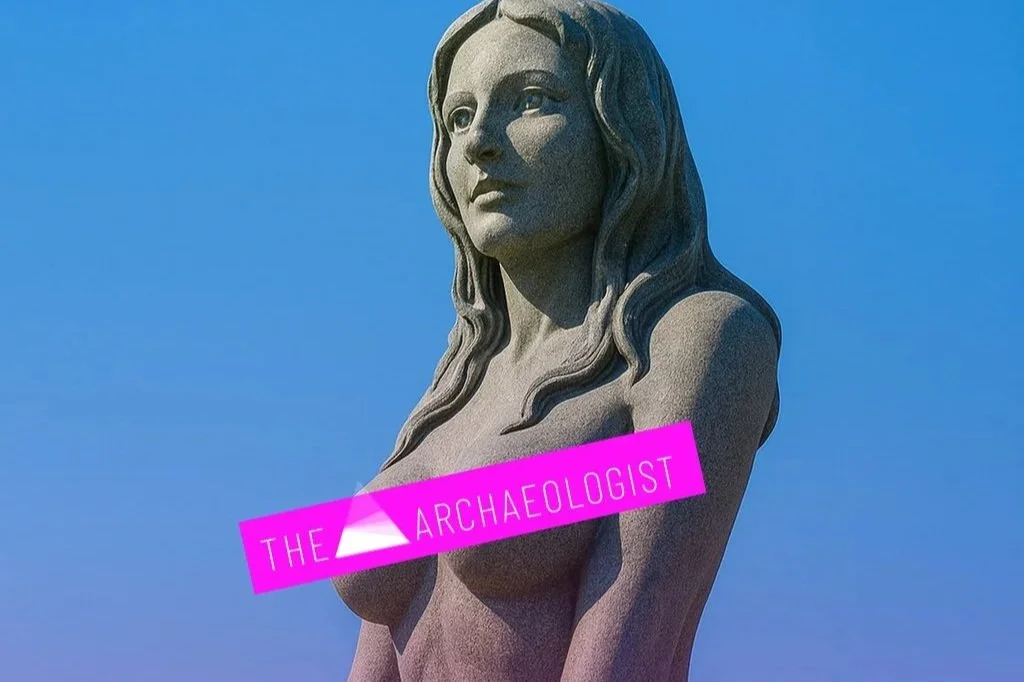The number 7 has held a special place in human history for millennia—and nowhere more so than in Ancient Greece. Revered as a symbol of mystery and perfection, it appears time and again in mythology, science, philosophy, and religion. Let’s explore why the number 7 captivated the minds of the ancient Greeks and continues to fascinate us today.
7 in the Ancient World
The Seven Wonders of the World: Of the original seven wonders, four were located in ancient Greek territories, while the remaining three stood beyond. The choice wasn’t random—the numbers 3 and 4 also held deep symbolic meaning, representing harmony and balance. Together, they form 7, a number seen as complete and powerful.
The Seven Seas: According to the Greeks, the world’s waters were divided into seven seas: the Aegean, Mediterranean, Adriatic, Black, Red, Caspian, and the Persian Gulf.
A Perfect Number: For the Pythagoreans, 7 was perfect—a sum of 3 (the triangle, symbol of spirit) and 4 (the square, symbol of matter). They believed it united heaven and earth.
Geometric Mystery: Geometrically, 7 was fascinating. For instance, placing 7 points in a circle doesn’t produce a symmetrical shape—highlighting its inherent enigma.
Symbolism in Myth and Literature
Seven Against Thebes: Aeschylus’s famous tragedy tells of seven Greek kings who marched against the city of Thebes, itself said to have seven gates.
Mythological References:
Apollo’s lyre had 7 strings.
Odysseus was stranded on Calypso’s island for 7 years.
The Pleiades—7 daughters of Atlas—were immortalized in the star cluster of the same name.
Homer’s Apollo: The god was said to have herded 7 flocks of cattle.
The Number 7 in Ancient Life
Education in Sparta: Spartan boys began their rigorous training at age 7.
Metals of Civilization: The ancient world recognized 7 key metals: gold, copper, lead, tin, mercury, silver, and iron—foundations of early technological progress.
Known Planets: The 7 celestial bodies known to ancient astronomers were Mercury, Venus, Mars, Jupiter, Saturn, the Sun, and the Moon.
Anatomy: Greeks divided the human body into 7 major parts—head, chest, abdomen, two arms, and two legs.
7 Across Cultures and Religions
Christianity: The number appears frequently—7 virtues (compassion, humility, purity, brotherly love, gentleness, kindness, diligence), and 7 pairs of birds saved by Noah.
Islam: According to some interpretations, men are permitted to have up to 7 wives.
The Bible: The number 7 is mentioned over 70 times in the Old Testament. The 7th day of creation is the day of rest—symbolizing completion.
Vatican City: It became an independent state on 7/7/1929.
Buddhism and Eastern Beliefs:
Traditional Chinese philosophy identifies 7 fundamental elements: air, water, metal, ether, fire, wood, and earth.
In Chinese folklore, the 7th day of the lunar new year is celebrated as the "birthday of humanity."
Body and Energy: Many spiritual systems, including yoga, recognize 7 chakras or energy centers aligned along the spine.
Jewelry and Adornment: Across many cultures, 7 parts of the body are traditionally adorned: head, neck, hands, feet, ears, nose, and waist.
In Nature and Beyond
The Moon: Each lunar phase lasts approximately 7 days.
The Rainbow: It consists of 7 colors—red, orange, yellow, green, blue, indigo, and violet.
Music and Language:
Byzantine music features 7 distinct notes: PA, VOU, GA, DE, KE, ZO, NI.
The mind can instantly recognize and count up to 7 items at a glance—an idea supported by modern psychology.
Geography:
The Ionian Islands are traditionally counted as 7: Corfu, Kefalonia, Zakynthos, Ithaca, Lefkada, Kythira, and Paxos.
Constantinople (modern-day Istanbul) has been known by 7 different names, including Byzantium, New Rome, and Istanbul.
In Modern Times
The enduring symbolism of the number 7 even finds its place in modern culture, from the 7-book Harry Potter series to spiritual practices and scientific theories. Its presence from ancient civilization through to the present day reflects its powerful, mysterious, and universal appeal.
So, what makes the number 7 so special?
Whether in myth, science, religion, or culture, 7 continues to represent perfection, mystery, and completeness—a truly timeless number woven into the fabric of human understanding.





















































